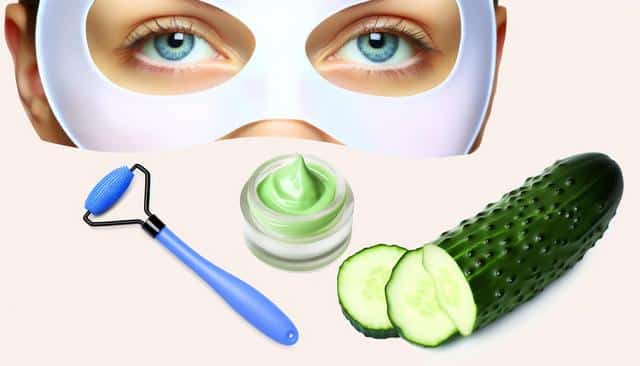Surgical Solutions: Lower Eyelid Blepharoplasty
One of the highly effective methods to address stubborn eye bags is lower eyelid blepharoplasty, a surgical procedure designed to remove excess skin and fat from the lower eyelids. This procedure can dramatically rejuvenate the eye area by creating a smoother and more youthful appearance. Performed by qualified plastic surgeons, eyebag removal surgery involves making incisions either on the inside of the lower eyelid or along the lash line to access and remove or reposition the excess fat. Recovery from lower eyelid blepharoplasty typically involves some swelling and bruising, with most patients returning to normal activities within two weeks. This option is particularly beneficial for individuals seeking long-lasting results and willing to undergo a surgical procedure.
Less Invasive Techniques: Laser Treatments
For those who prefer less invasive options, laser under eye bag removal presents a viable alternative. This technique uses laser technology to tighten the skin and reduce the appearance of bags and dark circles without the need for incisions. Laser treatments work by stimulating collagen production, which helps in firming and smoothing the skin around the eyes. The procedure is relatively quick, with minimal downtime, making it a convenient choice for many. However, multiple sessions may be required to achieve the desired effect. It’s essential to consult with a dermatologist or a laser specialist to understand the potential benefits and risks associated with this non-invasive approach to eye bag treatment.
Non-Surgical Remedies for Eye Bag Reduction
Non surgical eye bag removal options are abundant and suitable for individuals unwilling or unable to undergo surgery. These methods include topical treatments, injectable fillers, and lifestyle changes. Topical treatments often comprise creams and serums enriched with caffeine, vitamin K, and hyaluronic acid, which aim to reduce puffiness and improve skin hydration. Injectable fillers can also temporarily diminish eye bags by adding volume to hollow areas and smoothing out under-eye contours. In addition to these treatments, adopting healthier lifestyle habits can significantly affect the appearance of eye bags. Regular sleep, a balanced diet, and proper hydration are fundamental components of this holistic approach.
Lifestyle and Home Remedies for Reducing Dark Circles
Understanding how to remove dark circles and how to get rid of eye bags with holistic methods can complement clinical treatments and maintain results. Simple home remedies and lifestyle changes can also significantly alter the under-eye area. Consider these strategies:
- Applying cold compresses to alleviate swelling and improve blood circulation.
- Using almond oil or chamomile tea bags to soothe the area and reduce pigmentation.
- Elevating your head while sleeping to prevent fluid accumulation under the eyes.
- Ensuring adequate sleep and reducing screen time to minimize eye strain and fatigue.
While these methods may not be as immediate or dramatic as surgical options, they play a crucial role in a comprehensive eye care routine.

